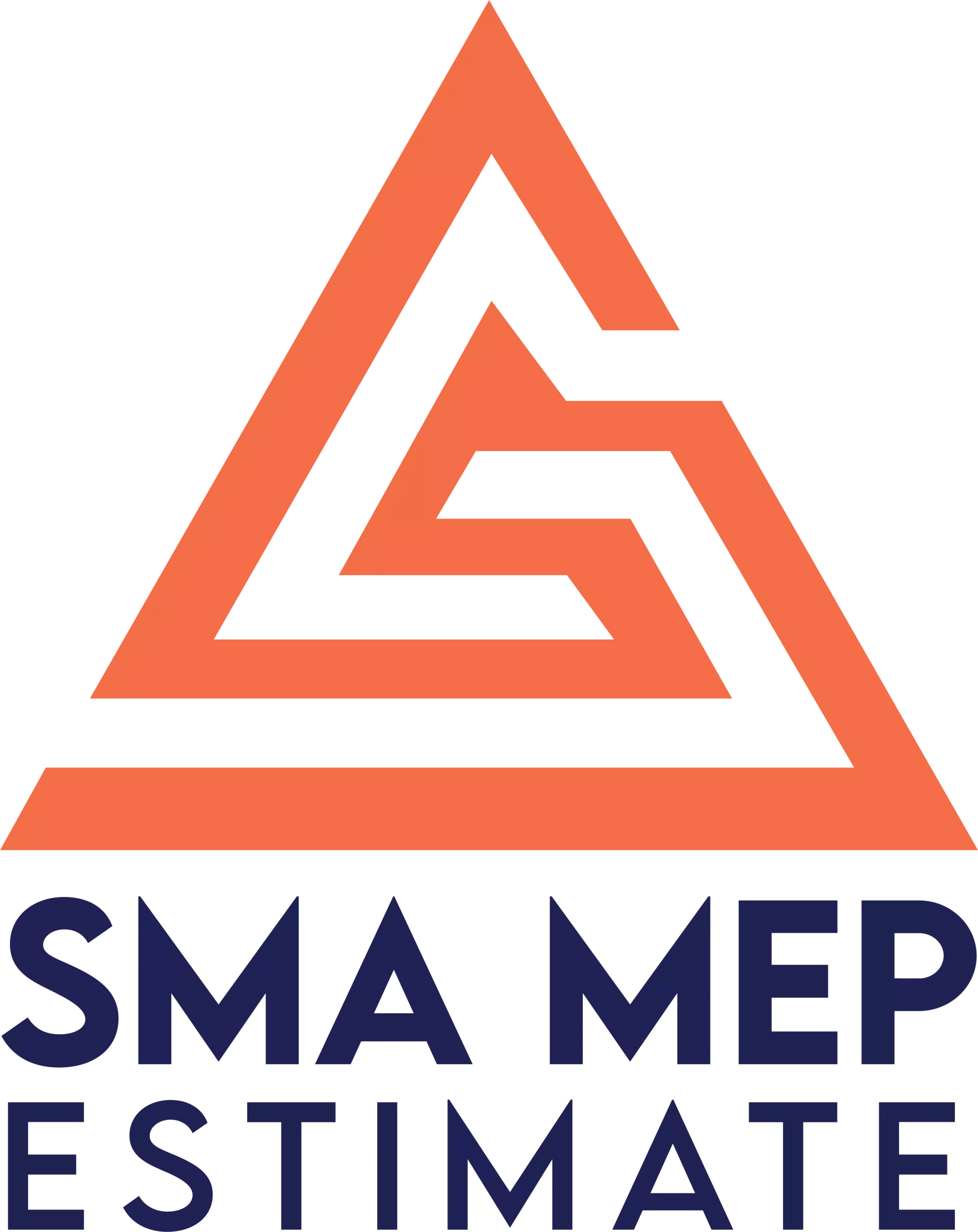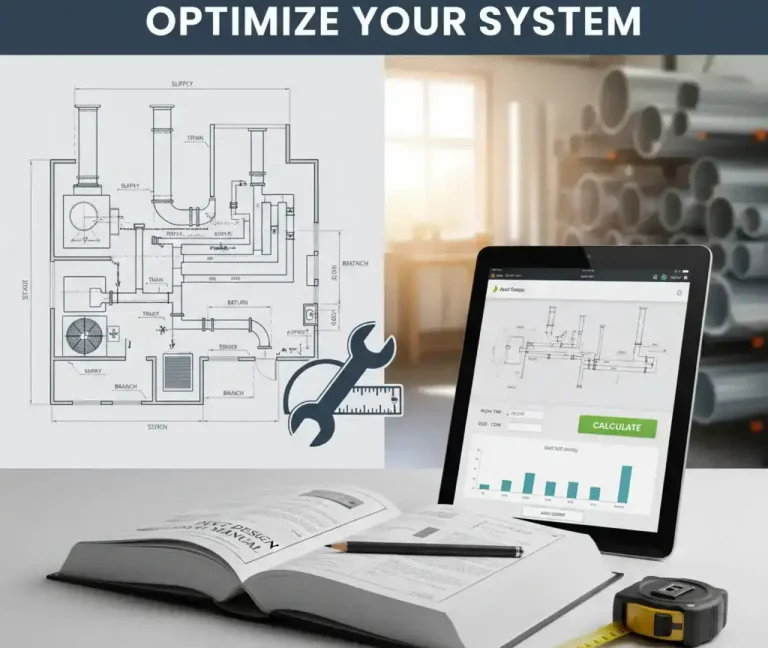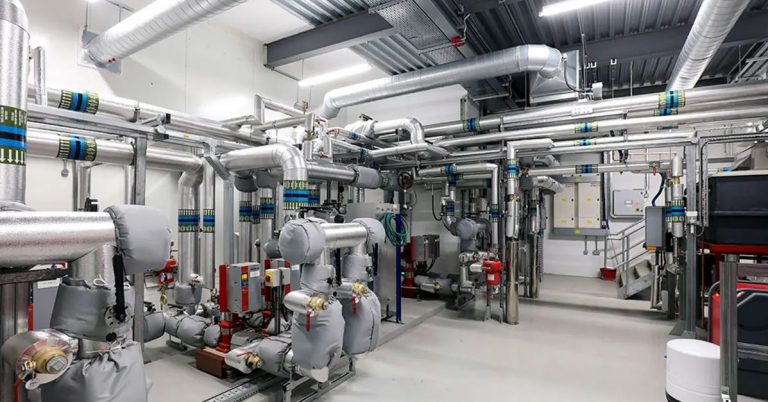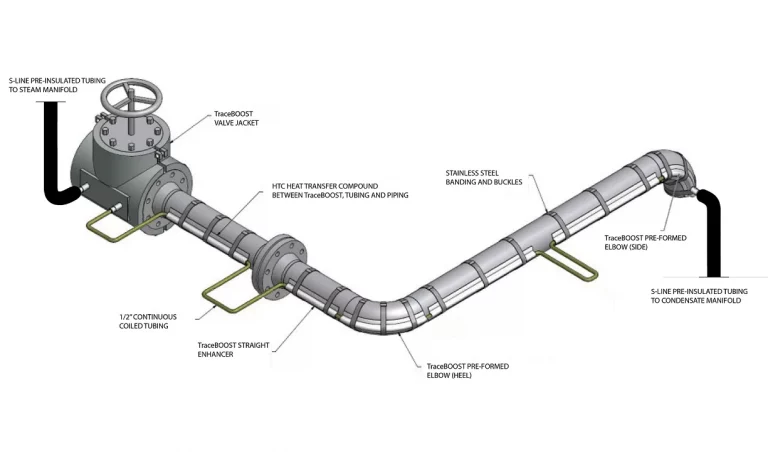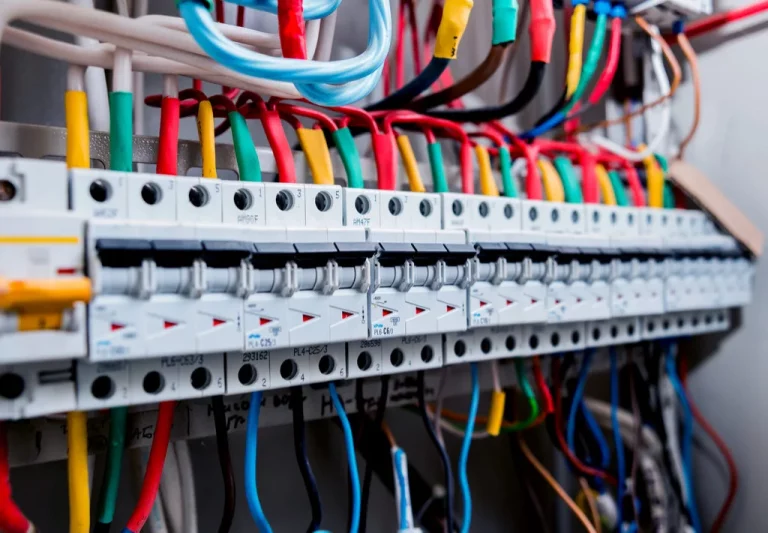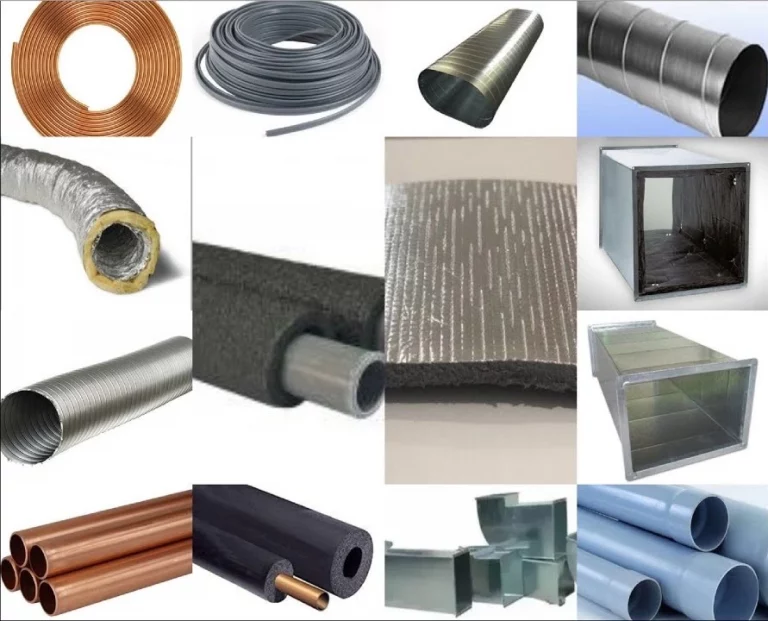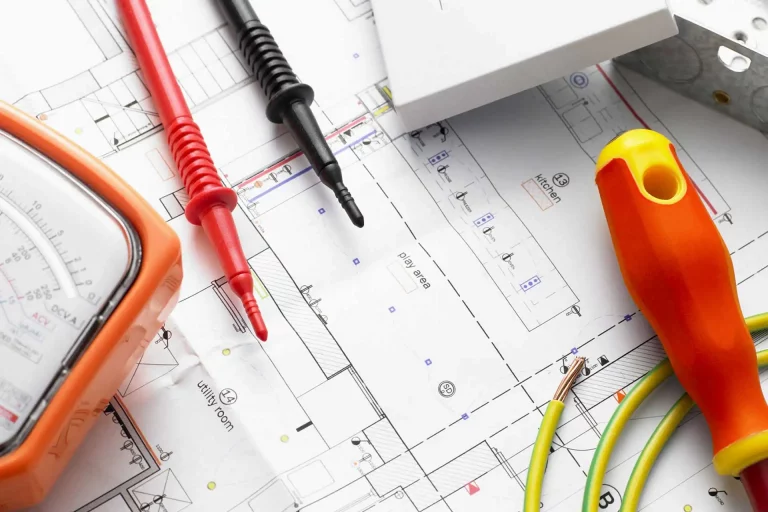Everything You Need to Know About MEP Estimation in Construction
Let’s be honest, there are no shortcuts for precise MEP Estimation. People may have told you to use historical data, but should you rely on old data, especially when market prices are constantly changing? You might have also considered using online cost calculators, but the problem with them is that they have oversimplified the estimation process. They fail to account for indirect costs, the complexity of the project, local price differences, personal choices, etc.
So what can you do? Here’s some advice: MEP estimation can get tricky. For an accurate budget, you’ll need to closely examine every expense. Sounds difficult and time-consuming? Don’t worry. Once you get the hang of the standard process, you’ll navigate estimation effortlessly. (Plus, there are some tools you can take help from). At the end of the work, you’ll have an accurate budget that will streamline construction plans.
Advantages of MEP Estimation
What are some of the benefits of MEP Estimation?
- It improves the allocation of resources
- Stakeholders and project managers can make better decisions
- It saves money by preventing unnecessary expenses
- It helps to set realistic goals and objectives
- It prevents time delays
- The flow of construction becomes smooth
- Estimation increases communication, teamwork, and coordination
Role of MEP Estimator
An MEP Cost Estimator is responsible for creating an accurate financial estimate for the project. They are often hired by contractors, subcontractors, property developers, real estate agents, architects, designers, engineers, fabricators, and homeowners.
An estimator assesses direct and indirect factors of cost and develops a comprehensive budget. They cater to every type of building, whether it is residential, commercial, or industrial. Professional MEP Estimators not only have expertise in cost control but are also adept at understanding the MEP system.
HERE IS EVERYTHING YOU NEED TO KNOW ABOUT PRECISE MEP ESTIMATION, SO DIVE IN AND LEARN TO MANAGE COST FOR ANY MEP CONSTRUCTION PROJECT FLAWLESSLY.
Process of MEP Estimation
If you’re new to MEP cost estimating, don’t panic, just do it in stages. Start by researching the job, then break the work into bite-sized pieces. Note down the materials you’ll need, make some rough estimates on what labor and equipment you’ll need, and don’t forget to leave a little buffer for unexpected expenses. This tutorial will walk you through everything in a step-by-step way so that you can make a good and realistic budget.
Here’s a step-by-step breakdown of MEP Estimation.
1) Gather Information on Project Scope
The first step is to gather information on the project. The more data you have, the better you’ll be able to predict cost. A few ways you can collect information are:
- Read blueprints and other construction-related documents
- Consult the client about preferences and custom requirements
- Visit the construction site and assess the current condition. If it’s repair or maintenance work, then look for possible damage
- Learn about the size and layout of the building and the MEP system
- Type of MEP system needed
- Gain information about Mechanical, Electrical, and Plumbing Requirements
2) Work Breakdown Structure (WBS)
WBS, or work breakdown structure, is a technique that can be used to estimate MEP cost. MEP is a broad category comprising three main systems: Mechanical, Electrical, and Plumbing. Instead of tackling them altogether, it is easier to break them down into three separate components. Since all these systems impact one another, it’s important to consider the common points.
3) Itemize Materials
Material Takeoff is the most crucial step for cost estimation. MEP Estimating Services often use specialised software to perform takeoff, which makes it easier and more accurate. But since not everyone has access to this privacy software, here are some tips to quantify materials.
Know about Precise Measurements
You need to have information on the exact dimensions and measurements of the site. With the help of MEP drawings, you can calculate the number of materials needed. Count the fixtures, measure the length of wires and pipes required, etc.
Know about the Type of Material
Multiple types of materials can be used for the project. To perform accurate MEP Estimation takeoff, it’s helpful to know exactly what kind of materials will be used. The dimensions can change depending on the material.
Use Standardized Units
Use standardised units as it makes communication easier and prevents confusion among engineers and workers. It also makes material procurement easier.
4) Calculate Cost
The next step is to calculate the cost. Assign a price to each unit and then calculate the cost according to the number of materials required. You should know about the exact and current prices for materials. For example, for precise Electrical Estimation, you need to know about local prices of cables, wires, lighting fixtures, conduits, circuits, generators, sprinkler systems, etc.
5) Calculate Worker Wages
Worker wages can account for as much as 30-40% of the entire budget! The labor force can be divided into technical and non-technical categories. For Mechanical Estimation, technical labor includes mechanical engineers, mechanical technicians, etc.
But it mostly depends on the size and complexity of the project. Other factors include:
- Experience of labor
- Time taken to finish the project
- Number of workers at the site
- Overtime Pay
- Insurance and Benefits
Formula:
A very simple formula to calculate labor cost is
Time taken to finish the project × Hourly Rate
6) Assess Equipment Expenses
Your budget should include the purchase and rental costs of equipment. Heavy-weight machinery is often rented out. Don’t forget that machinery can wear and tear over time, so there might be a need to pay for maintenance as well.
7) Add Indirect Cost
Overhead expenses or indirect costs include:
- Permits and Inspections
- Transportation Cost
- Administrative Bills
- Utility Bills
- Office Supplies
- Marketing
- Insurance
- Running Cost
8) Create a Contingency Plan
A contingency plan acts as a saviour. Always allocate 15-20% of the entire budget as contingency. It safeguards the project from hidden expenses and unexpected situations.
9) Review and Adjust
After you have created a comprehensive budget, go through it at least once. It helps to identify potential flaws and errors in calculation and gives you a chance to fix them before presenting it to the client.
Tools Used For MEP Estimation
Here are some helpful tools that can be used for the MEP estimation process.
1) MEP Estimating Software
MEP software is better than performing manual calculations. Software is free from human error. Not to mention that they are much quicker and reliable. There are several different software programs available in the market, some of which are specifically made for MEP systems. For example, FastPipe and Trimble can be used for Plumbing Estimation. Similarly, the Trimble and McCormick System are popularly used for electrical takeoffs.
2) Building Information Model
BIM, or Building Information Model, allows one to create and view a 3D computer-generated representation of the construction project. BIM is especially useful for MEP projects as it helps to increase clarity and visualization. One can effectively plan the project, prevent rework and control costs.
WANT AN ACCURATE ESTIMATE? OUTSOURCE ESTIMATING SERVICES AND GET A PRECISE PLAN WITHOUT LIFTING A FINGER.
Conclusion
MEP Estimation has come a long way. In the past, cost estimates were only used as a preliminary, as they would only provide a rough estimate. We didn’t have any software and advanced approaches to estimation as we have now. Today, cost projections are insanely accurate. Professional and experienced estimators can yield precise results for any type of construction project by following standard procedures and managing financial risks.
